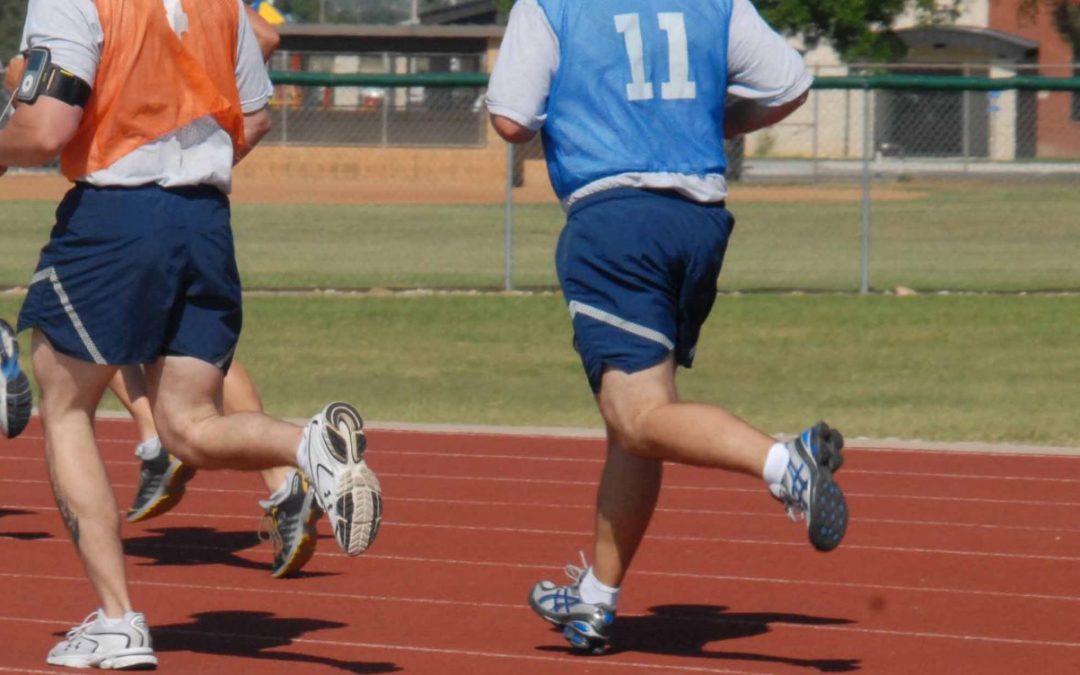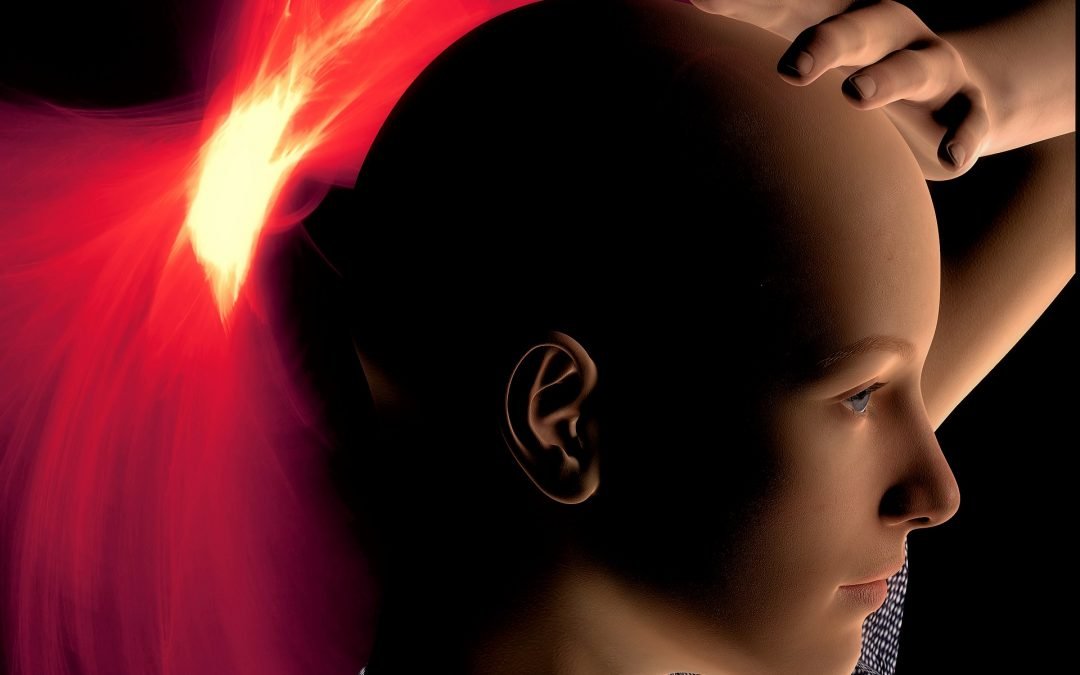Have you ever experienced dizziness and the Doctor tells you it is vertigo? Yet you are not responding to the vertigo treatment? There is a chance that the symptoms are not from a classic BPPV (benign positional paroxysmal vertigo) because there are many other reasons why you could feel dizzy.
There are other vestibular sources that can provide dizziness and to understand where it is from, you need to know more about the vestibular system.
Anatomy
In your body there are 3 systems to keep you in balance:
- Eyes/vision
- Vestibular system
- Proprioceptive system
These 3 systems work together, so if one of them is lacking you might suffer from dizziness as a symptom. For example, if you have glasses and a stiff neck because of anxiety, your vestibular system has to work harder to compensate for the two others. If the 3 systems are not coordinated it might result in vestibular problem.
Cervicogenic dizziness is a diagnosis of exclusion. This means that when the medical and vestibular problems are ruled out you can consider this diagnosis.
The main characteristics of this problem are feeling imbalance and having neck dysfunction or pain.
Symptoms
Many people are surprised to know that their symptoms could come from their neck. Cervicogenic dizziness can provide symptoms such as faintness, disorientation, imbalance and perception of spinning (inside vertigo). Along with those symptoms you will have a lack of cervical spine range of motion (ROM) and probably pain. The dizziness can last from minutes to hours, compared to BPPV (seconds).
Causes
Studies put forward explanations to those symptoms and the first possible cause they agree on for cervicogenic dizziness would be a physical injury and/or psychological issues. For example, a physical injury could be falling, a whiplash or a head concussion. The psychological issues could be depression/anxiety, employment difficulties, fear of space etc. It is good to mention that you can find in some people cervicogenic dizziness combined with any other vestibular problem. For instance, people with BPPV could still feel dizzy even after getting rid of their vertigo.
To conclude, cervicogenic dizziness is all about the input (information) brought to the vestibular nuclei. With 6x more receptors in the neck versus the rest of the body, the information from the cervical spine to the head (here vestibular system and vision) is really important to feel balanced.
Now, how can we treat cervicogenic dizziness?
Some studies say that manual therapy has good result with this kind of problem. Usually when the neck ROM is restored and pain has gone, the dizziness symptoms will go away too. That combined with vestibular exercises can provide the patient with long term improvement. It is important to have a good assessment of the problem in physiotherapy to make sure the right diagnosis is identified. Some physical therapists are qualified in differentiating between the many vestibular problems. A neck assessment should be done in addition of the temporomandibular joint and cranial area if necessary.
Sources:
- Yaseen, K. and al., The Journal of Physical Therapy Science, Vol. 30, No. 1, 2018
- Reiley, A. and al., Archives of Physiotherapy (2017) 7:12
- Wrisley, D. and al., Journal of Orthopaedic and Sports Physical Therapy, Vol. 30, No. 12, December 2000




